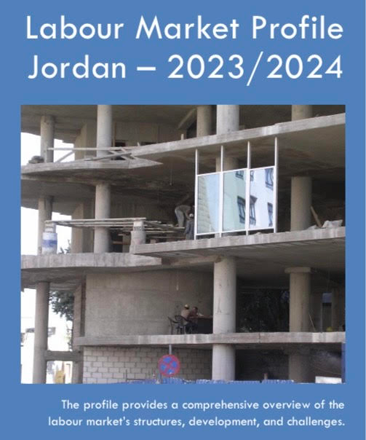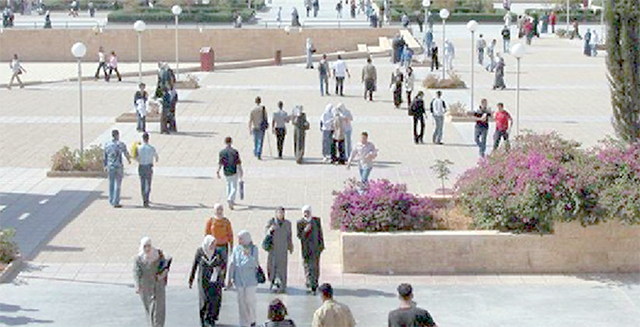You are here
‘Sluggish’ economic growth tied to increased unemployment rate — report
By Mays Ibrahim Mustafa - Sep 18,2023 - Last updated at Sep 18,2023

AMMAN — Jordan’s “sluggish” economic growth over the past decade is echoed in the increase of unemployment rates, according to a report by the Danish Trade Union Development Agency (DTDA).
The report, titled “Labour Market Profile Jordan – 2023/2024”, traces a rise in the Kingdom’s unemployment rate since the mid-2010s, reaching its peak at 24 per cent in 2021.
It noted that the “already high” youth unemployment rate in the 2010s also burst at the beginning of the 2020s due to the outbreak of the COVID-19 pandemic, reaching an “alarming” rate equal to 46 per cent in 2022.
According to the quarterly report on unemployment issued by the Department of Statistics (DoS), the unemployment rate among youth between the ages of 15 to 24 years stood at 46.1 per cent in the first quarter (Q1) of 2023.
The DTDA’s report pointed out that women in Jordan struggle with a significantly higher unemployment rate than men, and 2022 data suggests that the average monthly gender wage gap in the private sector stands at approximately 15 per cent.
The DoS’ report said that 19.6 per cent of men were unemployed during Q1 of 2023, compared with 30.7 per cent of women.
Although the Kingdom’s population, including young women, enjoy high educational attainment levels, only 35 per cent of Jordanian women with high education obtain a stable job, according to the DTDA’s report.
It stated that Jordan continues to face “intense labour supply pressures due to the rapidly growing number of higher-educated graduates facing a mismatch between the skills produced by the education system and those needed by the labour market”.
It also pointed out that the NEET rate in Jordan, which refers to those not in education, employment, or training, reached 33 per cent in 2021, equalling the Arab states’ average.
Jordanian young women have a higher NEET rate equal to 38 per cent while that of men stood at 28 per cent in 2021, partly due to traditions and the division of domestic tasks, it added.
The report further stated that regional conflicts which occurred over the past decades, leading to a massive influx of refugees, have placed additional stress on the economy.
“This situation has led to a dependency on foreign aid for many years, both in volume and decision-making,” it added, noting that development aid grew by at least 300 per cent over the past decade, peaking at $4 billion in 2022.
ICT one of the ‘fastest growing’ sectors in Jordan
The Information Communications and Technology (ICT) sector is “one of the fastest-growing sectors” in Jordan, accounting for 3.8 per cent of its gross domestic product (GDP), according to the report.
It said that the sector “sparked a high rate of entrepreneurship initiatives and benefited from the availability of affordable technical talent, geopolitical stability, good infrastructure and a liberalised telecom sector”.
It includes over 900 active companies, which directly employ about 26,000 employees, equal to 1.1 per cent of total employment in Jordan, and accounts for 27 per cent of the MENA region’s tech entrepreneurs, the report added.
Related Articles
AMMAN — The Department of Statistics (DoS) on Thursday reported a decrease in the Kingdom’s unemployment rate by 0.9 percentage points in th
AMMAN — Jordan's unemployment rate during the first quarter of 2023 stood at 21.9 per cent, marking a decrease of 0.9 per cent compare
AMMAN — The Kingdom’s unemployment rate went down by 0.8 per cent in the third quarter of 2023, reaching 22.3 per cent, compared with the sa













